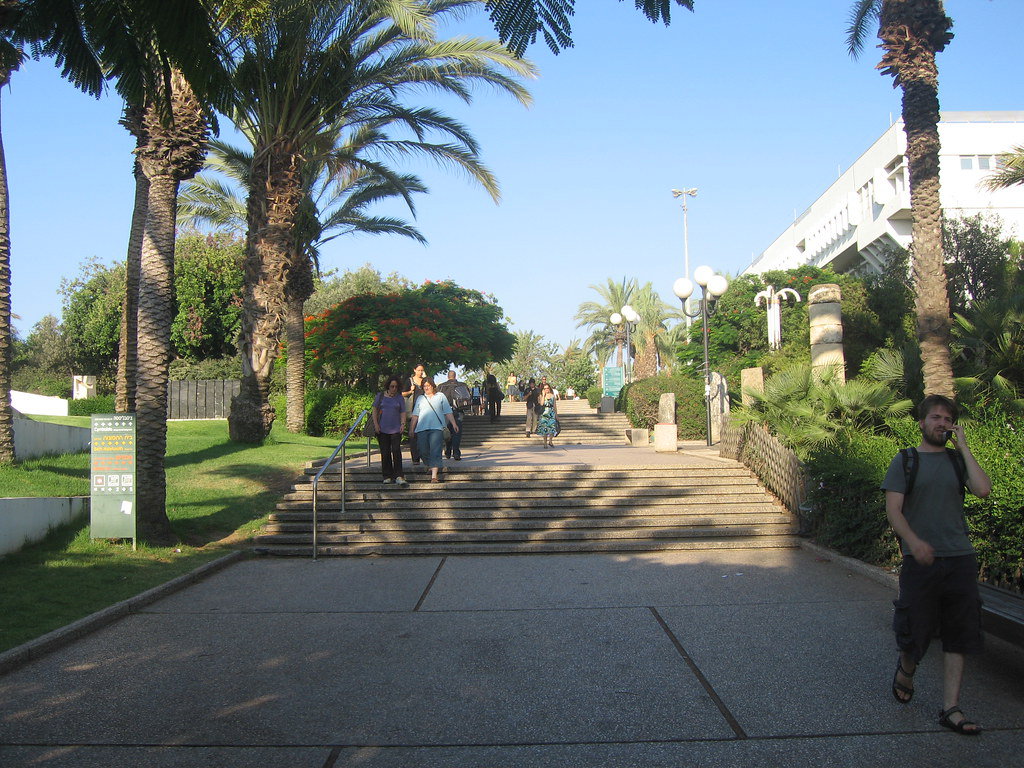Walking on familiar streets: insights on how neighborhood attachment may promote people's walking behavior
A new interdisciplinary study has found that the emotional and functional relationship with one's residential environment positively affects people's walking behavior
It is known that perceived or real factors in a person's environment can impact their daily routines. Researchers in Japan and Canada have now found that "place attachment"--the emotional and functional relationship with one's surroundings--influences people's weekly walking habit around their residential neighborhood. The association between place attachment and physical activity in the form of walking seems to be mediated by the perceived ease of navigation, or "walkability" of residential neighborhoods.
Physical activity has numerous health benefits. Often, someone's physical environment or the way someone perceives their surroundings can impact their decision to engage in physical activity. Scientists refer to a person's functional relationship with and feelings or emotions towards a place as "place attachment." Place attachment results from a person's interactions, over time, with their surroundings. Environmental factors such as housing quality, accessibility to destinations, and security encourage people to form place attachments. These factors suggest that, in the long run, place attachment can positively influence people's daily routines.
To further understand this, researchers led by Associate Professor Mohammad Javad Koohsari from the Japan Advanced Institute of Science and Technology (JAIST), who is among the top 2% of most influential researchers worldwide across all scientific disciplines in 2021, conducted an exploratory study to investigate how place attachment linked to their residential neighborhood influences people's tendency to engage in outdoor physical activity. The team of researchers included Professor Yukari Nagai at JAIST; Professor Koichiro Oka at Waseda University; Professor Tomoki Nakaya at Tohoku University; Professor Akitomo Yasunaga at Bunka Gakuen University; and Associate Professor Gavin R. McCormack at the University of Calgary in Canada. Their study was published in Landscape & Urban Planning journal, one of the top ranked journals in Urban Studies (Journal Citation Reports).
For the purpose of their study, the researchers surveyed 1,800 adults living in Calgary, Canada. They used walking for transportation or leisure and vigorous physical exercise as proxies for physical activity. Researchers also measured "built" features of neighborhoods, like perceived "walkability" (the self-reported ease with which a participant can walk through a defined area), to check whether they shape the relationship between place attachment and outdoor physical activity.
They found that physical activity, specifically walking for transport and leisure, is positively associated with participants' place attachment. Moreover, the likelihood of engaging in these activities weekly and the total time spent on them were linked to place attachment. "Our findings suggest that place attachment is a relevant correlate of neighborhood-based physical activity, and thus future interventions should consider place attachment when investigating relationships between the built environment and physical activity," explains Dr. Koohsari.
In the study, researchers measured two aspects or "dimensions" of place attachment--place identity and place dependence. While place identity reflects the importance of a place in a person's life, place dependence indicates the extent to which a person depends on a place to engage in routines they enjoy. Results of the study suggest that both dimensions are positively linked to the likelihood of a participant walking around their residential neighborhood on a weekly basis and the total amount of time they devote to this activity.
A notable finding of the study that can inform health interventions attempting to increase people's outdoor physical activity is that perceived walkability mediates the relationship between place attachment and physical activity. Research has shown that external built environments and perceptions of those environments do not always match. Assuming that place attachment is responsible for this discrepancy, changing the perceived environment can effectively boost physical activity in people.
"Our findings suggest that strategies for encouraging people to form stronger emotional bonds with their neighborhoods could potentially improve walkability perceptions and physical activity. When modifying the built environment is not possible, place attachment may be improved by offering local events or initiatives that encourage people to interact and become more familiar with their neighborhood surroundings, for instance through organized nature walks or park-based activities, besides encouraging social and community engagement that forge friendships and build trust, improving a sense of safety, and creating a sense of community" concludes Dr. Koohsari.
The study has revealed a clear association between place attachment and physical activity (walking, and not vigorous physical exercise) mediated by perceived walkability. Further studies will help to unravel the cause(s) for the link between place attachment, physical activity, and perceived walkability.
For now, the unique insights from this study certainly seem important from a policymaking perspective to add that necessary heathy push into our largely sedentary life.

Title: Place attachment may influence people's physical activity
Caption: The environmental design features of a location are important for facilitating people's attachment to places. Such place attachment may have an important role in determining people's neighborhood-based physical activity routines.
Credit: Shlomi Fish at Flickr
License Type: CC BY 2.0.
Usage Restrictions: You must give appropriate credit, provide a link to the license, and indicate if changes were made. You may do so in any reasonable manner, but not in any way that suggests the licensor endorses you or your use.
Reference
| Title of original paper: | Place attachment and walking behaviour: Mediation by perceived neighbourhood walkability |
| Authors: | Mohammad Javad Koohsari*, Akitomo Yasunaga, Koichiro Oka, Tomoki Nakaya, Yukari Nagai, Gavin R. McCormack |
| Journal: | Landscape and Urban Planning |
| DOI: | 10.1016/j.landurbplan.2023.104767 |
Funding information
This study was supported by the JSPS Grants-in-Aid for Scientific Research program (grant 20H04113), the Japan Society for the Promotion of Science (JSPS) Grants-in-Aid for Scientific Research program (grant 20H00040) and a Canadian Institutes of Health Research Foundations Scheme Grant (FDN-154331).
April 18, 2023
